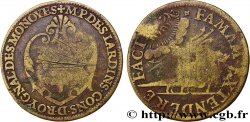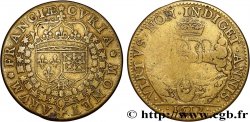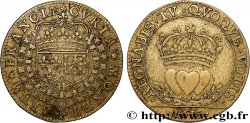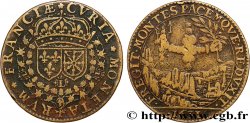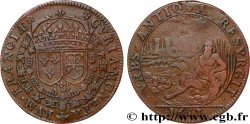fjt_770231 - COUR DES MONNAIES DE PARIS Henri III 1575
Not available.
Item sold on our e-shop (2024)
Price : 45.00 €
Item sold on our e-shop (2024)
Price : 45.00 €
Type : Henri III
Date: 1575
Metal : brass
Diameter : 27,5 mm
Orientation dies : 6 h.
Weight : 3,90 g.
Edge : Lisse
Rarity : R2
Coments on the condition:
Patine sombre. Présence de coups et de rayures
Catalogue references :
Predigree :
Jeton provenant de la Collection MARINECHE
Obverse
Obverse legend : CVRIA MONETAR FRANCIAE.
Obverse description : Écu de France couronné entouré d’un collier d’un ordre du Roi.
Obverse translation : Cour des Monnaies de France.
Reverse
Reverse legend : SOLI. LVNA. ET. VENERI. ; À L'EXERGUE : 1575.
Reverse description : Vénus tenant une flèche dans un bige de colombes allant à gauche. Dans le champ, une croix ansée; devant Vénus, une colombe.
Reverse translation : Au Soleil, à la Lune et à Vénus.
Commentary
Ce jeton, indiscutablement français, a servi de modèle à des copies de Nuremberg pour des jetons au type du Conseil du Roi (Feuardent 39 et 40).








 Report a mistake
Report a mistake Print the page
Print the page Share my selection
Share my selection Ask a question
Ask a question Consign / sell
Consign / sell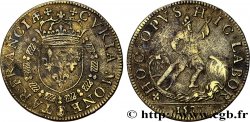
 Full data
Full data